
Nolina is a genus of tropical xerophytic flowering plants belonging to the Asparagaceae plant family. The native distribution of the genus includes most of Mexico and the southern regions of the United States. Especially in the USA, members of the genus are known as beargrasses, some of which are cultivated as ornamental plants.
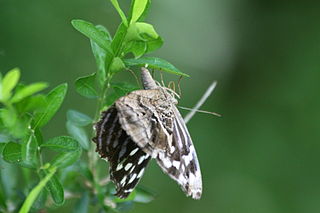
Adelia is a genus of flowering plants in the spurge family, Euphorbiaceae, subfamily Acalyphoideae. It is native to Latin America and the Caribbean, with one species extending northward into the southernmost part of Texas.

Lippia is a genus of flowering plants in the verbena family, Verbenaceae. It was named after Augustin Lippi (1678–1705), a French naturalist and botanist. He was killed in Abyssinia. The genus contains roughly 200 species of tropical shrubs that are found around the world. Plants are fragrant due to their essential oils, which vary between species but may include estragole, carvacrol, linalool or limonene. The leaves of certain species, such as L. graveolens, can be used as a culinary herb similar to oregano.

Sicyos is a flowering plant genus of the family Cucurbitaceae. Members of the genus may be known as "burr cucumbers", but the genus includes Sicyos edulis which is the christophine or chayote.

Chionanthus, common name: fringetrees, is a genus of about 140 species of flowering plants in the family Oleaceae.

Sideroxylon is a genus of trees in the family Sapotaceae described as a genus by Linnaeus in 1753. They are collectively known as bully trees. The generic name is derived from the Greek words σιδηρος (sideros), meaning "iron", and ξύλον (xylon), meaning "wood."
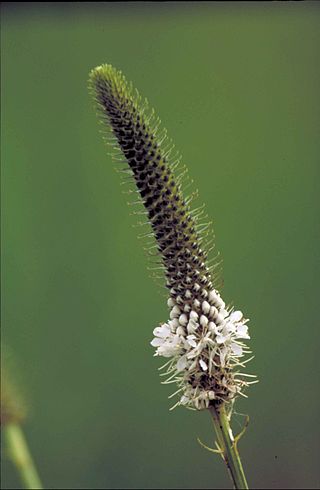
Dalea is a genus of flowering plants in the legume family, Fabaceae. Members of the genus are commonly known as prairie clover or indigo bush. Its name honors English apothecary Samuel Dale (1659–1739). They are native to the Western hemisphere, where they are distributed from Canada to Argentina. Nearly half of the known species are endemic to Mexico. Two species of Dalea have been considered for rangeland restoration.

Houstonia (bluet) is a genus of plants in the family Rubiaceae. Many species were formerly classified, along with other genera since segregated elsewhere, in a more inclusive genus Hedyotis.

Hedeoma is a genus of flowering plants in the mint family, Lamiaceae. It is native to North and South America. They are commonly known as false pennyroyals.

Gratiola is a genus of plants in the family Plantaginaceae. Most species are known generally as hedgehyssops. It includes 29 species native to temperate North America and Eurasia, and to Morocco, South America, Australia, and New Zealand. The genus was previously included in the family Scrophulariaceae.
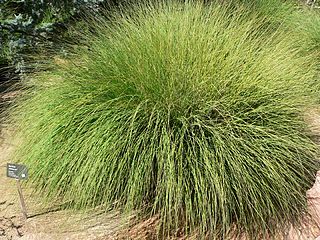
Muhlenbergia is a genus of plants in the grass family.

Uniola is a genus of New World plants in the grass family.

Amyris is a genus of flowering plants in the citrus family, Rutaceae. The generic name is derived from the Greek word αμυρων, which means "intensely scented" and refers to the strong odor of the resin. Members of the genus are commonly known as torchwoods because of their highly flammable wood.
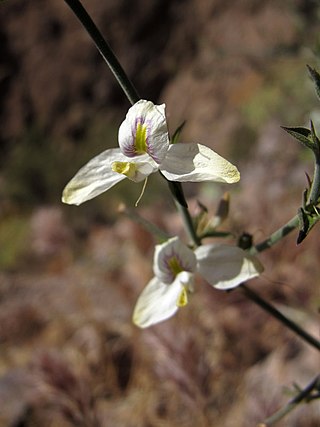
Carlowrightia is a genus of flowering plants in the bear's breeches family, Acanthaceae. Members of the genus, commonly known as wrightworts, are mainly small shrubs bearing inflorescences of lily-like flowers. They are native to the Americas, ranging from the southwestern United States through Mexico and Central America, and in Ecuador. Many species are native to western North America. The genus was named for the American botanist Charles Wright.
Priogymnanthus is a genus of three species of flowering plants in the family Oleaceae native to tropical South America, in Bolivia, Brazil, Colombia, Ecuador, Argentina and Paraguay.
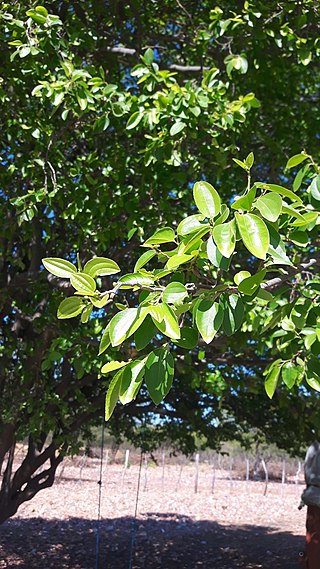
Sarcomphalus is a genus of plants in the family Rhamnaceae.

Callisia is a genus of flowering plants in the spiderwort family, Commelinaceae. Members of the genus are commonly known as roselings. It is native to the Western Hemisphere from the southern United States to Argentina. The generic name is derived from the Greek word κάλλος (kallos), meaning "beauty."

Citharexylum is a genus of flowering plants in the verbena family, Verbenaceae. It contains shrub and tree species commonly known as fiddlewoods or zitherwoods. They are native to the Americas, ranging from southern Florida and Texas in the United States to Argentina. The highest diversity occurs in Mexico and the Andes. The generic name is derived from the Greek words κιθάρα (kithara), meaning "lyre", and ξύλον (xylon), meaning "wood," referring to the use of the wood in the sounding boards of string instruments. Several species, especially C. caudatum and C. spinosum, are cultivated as ornamentals.

Vallesia is a genus of plants in the family Apocynaceae first described as a genus in 1794. It is native to South America, Central America, Mexico, Florida, the Galápagos Islands, and the West Indies.


















